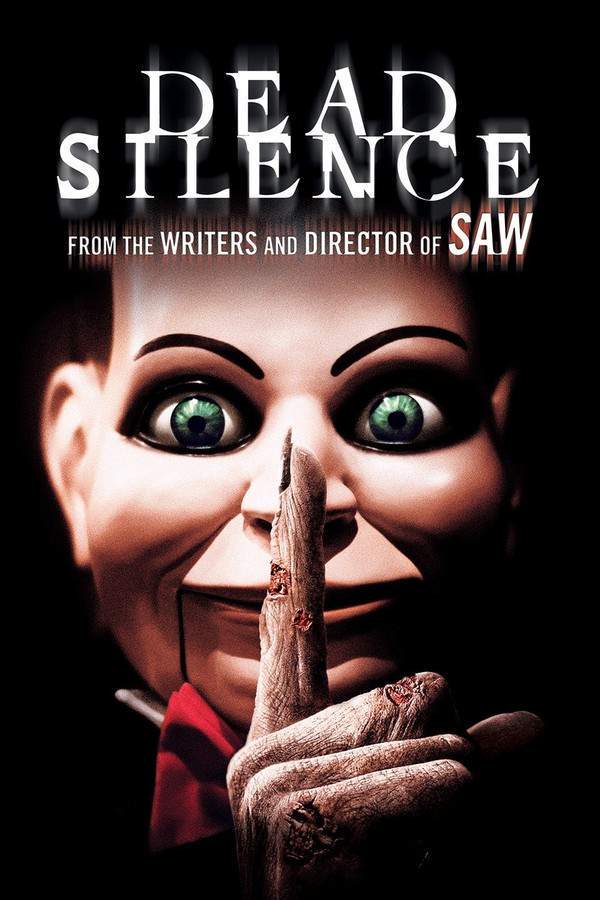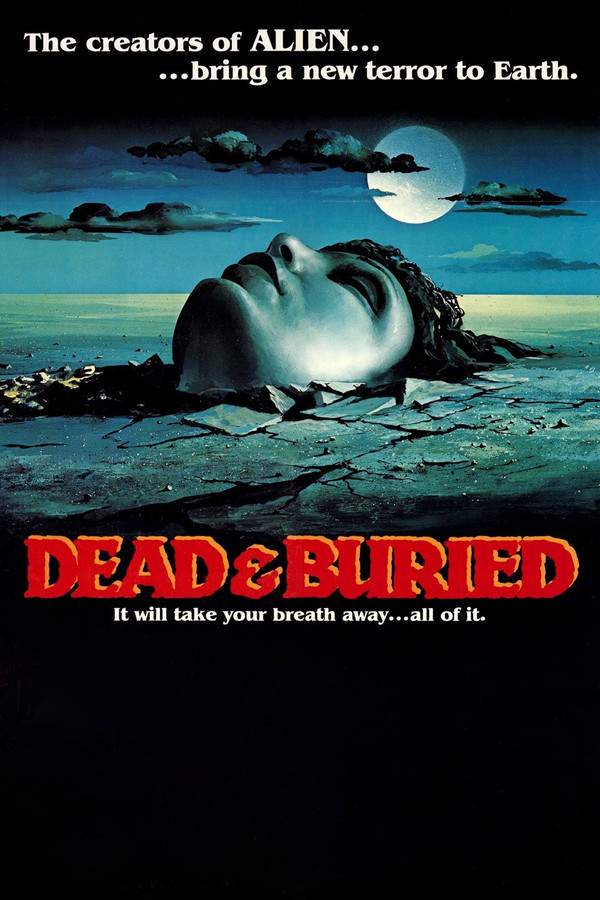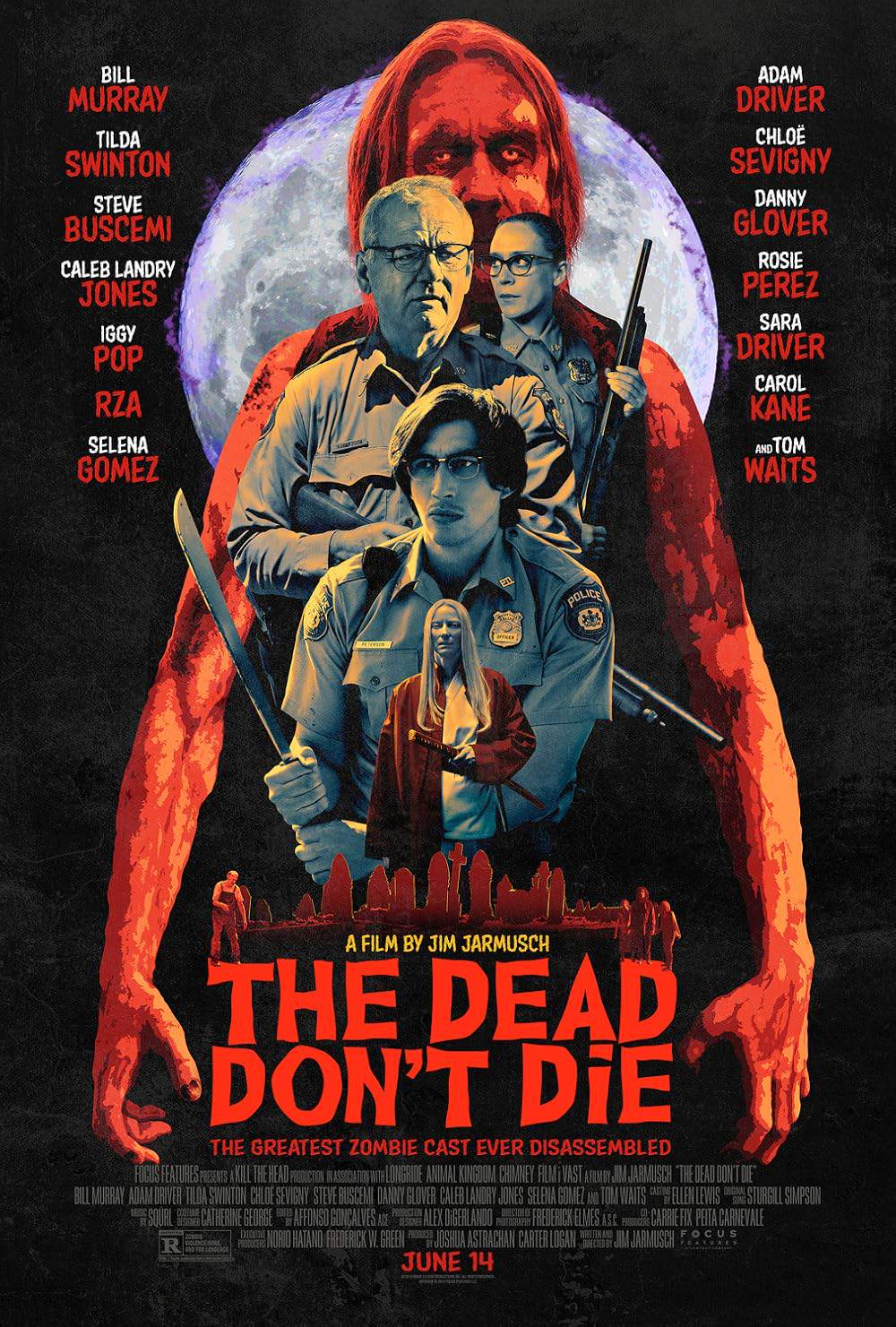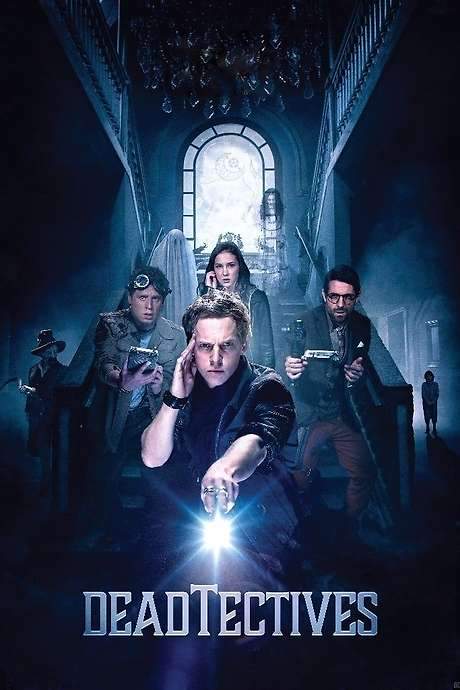
The Civil Dead
A struggling photographer seeks solace in television and sweets while his wife is away. His quiet retreat is disrupted when a desperate old friend unexpectedly appears, leading to unsettling and spooky consequences that threaten his carefully constructed solitude.
Warning: spoilers below!
Haven’t seen The Civil Dead yet? This summary contains major spoilers. Bookmark the page, watch the movie, and come back for the full breakdown. If you're ready, scroll on and relive the story!
The Civil Dead (2022) – Full Plot Summary & Ending Explained
Read the complete plot breakdown of The Civil Dead (2022), including all key story events, major twists, and the ending explained in detail. Discover what really happened—and what it all means.
Clay is an unemployed photographer, navigating life in Los Angeles with his wife, Whitney Weir. When Whitney heads out of town on a work trip, Clay vows to actually leave the apartment and capture some honest photos, hoping the distance might spark his creativity and help with the mounting rent. In a moment of desperation, he hatches a get-rich-quick plan: staging a fake open house right in his own apartment to lure potential renters and buyers.
While shooting pictures of a mattress spray-painted with the inflammatory phrase “5G killed my dog,” Clay spots a man lurking in the background and grows irritated that this interloper is wrecking his shot. The moment takes an odd turn when Whit Whitmer Thomas materializes as a ghost that seems oddly pleased Clay notices him and insists on tagging along. The two are old high school friends who lost touch when they moved to opposite corners of the country, and Whit explains that he made a modest name for himself in indie film projects before fading into something more spectral.
Whit’s presence becomes a strange, constant company in Clay’s life. He’s able to share observations from beyond the mortal realm, and Clay learns to interpret the ghost’s subtle hints as they navigate daily life together. The dynamic is fragile—Whit is grateful to be seen, but he also lacks a clear path back to the world he once knew. To prove he’s not a figment, Whit assists Clay with tasks that would otherwise be impossible, including peeking at others’ poker hands during a private game that Clay slips into with the help of Budd Budd Diaz. The game is hosted by Arnold Robert Longstreet, a shrewd figure who commands the room with a quiet, patient menace. Whit’s spectral insight lets Clay read the room and tug at luck, turning a tense night into something closer to a narrow win than a catastrophe.
The night ends with danger surfacing: on their way home, Clay is set upon by a man he duped earlier at the open house, and the confrontation ends with the assailant vanishing into dust, leaving Clay shaken and more aware than ever of the thin line between his ordinary life and the inexplicable. When Whitney returns to Los Angeles, Clay asks Whit for a week to figure out how to co-exist with his ghostly roommate without scaring away the only life he’s got. Whit reluctantly agrees to give him space, then follows Belle Teresa Lee, who had been the hostess at Arnold’s game, in a quiet, observant motion—as if to understand the rules that govern this new, fragile partnership.
There’s a tentative professional development too: Clay tells Whitney that a job opportunity has come up through a friend, and the two decide to relocate briefly to a cabin in a more secluded setting to work out a plan for Whit’s undetected presence. In the quiet of that cabin, Clay leaves the door open to allow Whit to come and go as he pleases, a small act that reflects a growing trust even as fear remains close behind. A sudden power outage prompts a surge of paranoia in Clay, who becomes convinced that Whit can manipulate the lights and perhaps even influence events in ways that threaten their safety. The ghost’s control is ambiguous, and Clay’s confidence wavers under the weight of responsibility.
The morning after the blackout, Clay hides a broken statue of the cabin owner’s beloved horse in the attic—an odd, symbolic gesture that signals the seriousness of Whit’s hidden past and the strange burdens they now share. Whit finally speaks openly about his own failed dream of being a successful actor; he reveals that his “career” was really a street-performer persona inspired by Heath Ledger’s Joker, a mask that ended in tragedy when he was beaten to death by rival performers dressed as Pennywise and Deadpool. The revelation reframes their relationship from simple cohabitation to a fragile, complicated friendship built on honesty, fear, and the strange, haunting truth of Whit’s afterlife.
As the days unfold, Clay and Whit exchange a candid, awkward apology, and Clay urges Whit to take a cautious look around the attic to understand what he’s chosen to keep hidden. The attic ladder is closed with a firm, final click, and Whit, trapped by the decision, begins to beg for release. Clay gathers his belongings, climbs into his car, and drives away, leaving the cabin’s shadowy interior to the silence and the echo of a life interrupted—one that still lingers in the corners of a home that once felt like a future and now feels like a question.
In the end, the film leaves a quiet, unsettling impression: a man and a ghost sharing space, a life rebuilt around a fragile partnership, and a door—both literal and metaphorical—left ajar. The story stays true to its core: a cautious, imperfect attempt to coexist with what cannot be unseen, with a final image that lingers as a reminder that some connections refuse to be neatly resolved, even as the living try to move forward.
Last Updated: October 01, 2025 at 10:24
Unlock the Full Story of The Civil Dead
Don't stop at just watching — explore The Civil Dead in full detail. From the complete plot summary and scene-by-scene timeline to character breakdowns, thematic analysis, and a deep dive into the ending — every page helps you truly understand what The Civil Dead is all about. Plus, discover what's next after the movie.
The Civil Dead Timeline
Track the full timeline of The Civil Dead with every major event arranged chronologically. Perfect for decoding non-linear storytelling, flashbacks, or parallel narratives with a clear scene-by-scene breakdown.

Characters, Settings & Themes in The Civil Dead
Discover the characters, locations, and core themes that shape The Civil Dead. Get insights into symbolic elements, setting significance, and deeper narrative meaning — ideal for thematic analysis and movie breakdowns.

Similar Movies to The Civil Dead
Discover movies like The Civil Dead that share similar genres, themes, and storytelling elements. Whether you’re drawn to the atmosphere, character arcs, or plot structure, these curated recommendations will help you explore more films you’ll love.
Explore More About Movie The Civil Dead
The Civil Dead (2022) Scene-by-Scene Movie Timeline
The Civil Dead (2022) Movie Characters, Themes & Settings
The Civil Dead (2022) Spoiler-Free Summary & Key Flow
Movies Like The Civil Dead – Similar Titles You’ll Enjoy
Dead Silence (2007) Complete Plot Breakdown
Dead & Buried (1981) Full Movie Breakdown
The Dead Don't Die (2019) Story Summary & Characters
Dead Residence (2019) Film Overview & Timeline
DeadTectives (2018) Complete Plot Breakdown
The Video Dead (1987) Ending Explained & Film Insights
A Dead Calling (2006) Film Overview & Timeline
The Dead Come Home (1989) Detailed Story Recap
The Dead Collectors (2021) Story Summary & Characters
The Living Ghost (1942) Movie Recap & Themes
The Dead Are Alive (1972) Spoiler-Packed Plot Recap
Dead of Night (1945) Ending Explained & Film Insights
Revenge of the Dead (1959) Plot Summary & Ending Explained
The House of the Dead (1978) Detailed Story Recap
The Dead, The Flesh, and The Devil (1973) Ending Explained & Film Insights

















